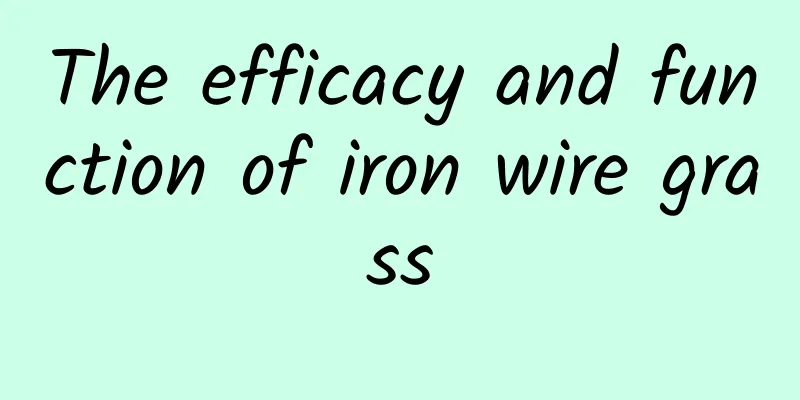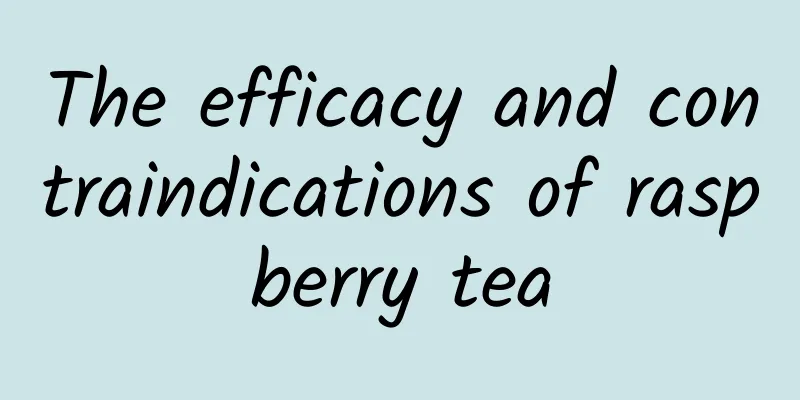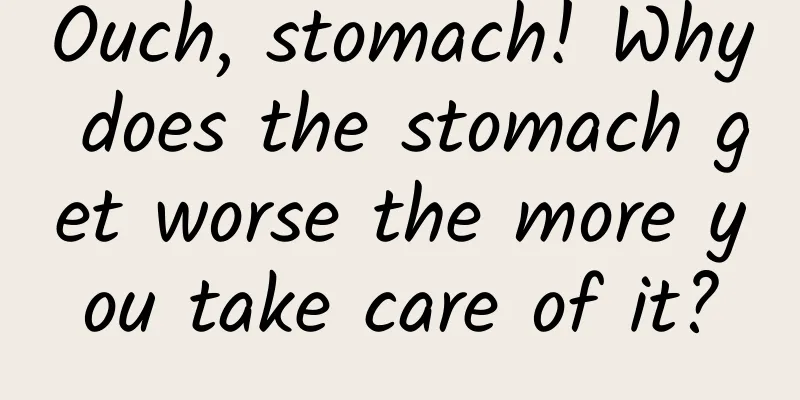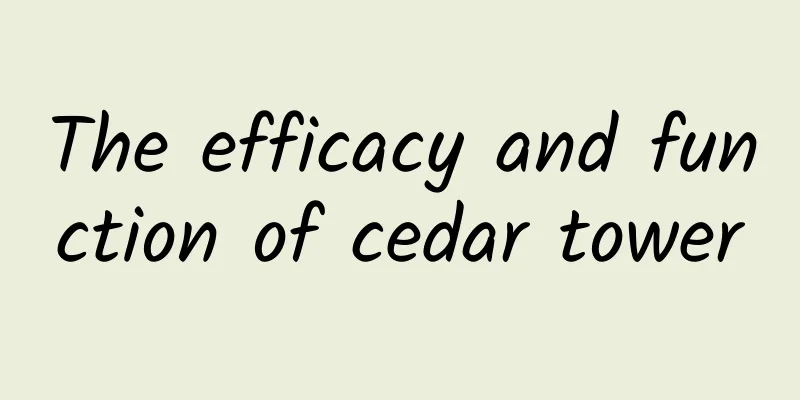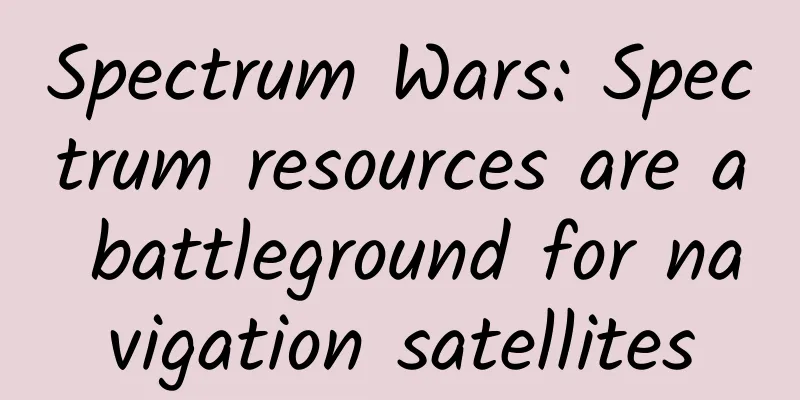The efficacy and function of salt bran root
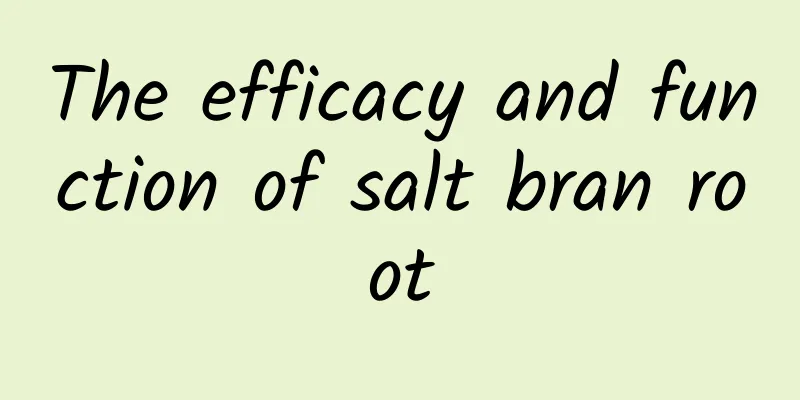
|
Salt bran root is a very common Chinese medicinal material in daily life. It has high medicinal and nutritional value to the human body, and it is not too difficult to purchase. Let's analyze several aspects of salt bran root below. [Other names] Clam root, five-fold root, bubble wood root, ear centipede (Classification of Herbal Properties). [Source] It is the root of Rhus chinensis, a plant of the Anacardiaceae family. It can be harvested in all four seasons. [Original form] The plant morphology is detailed in the entry for "Salt bran". 【Chemical composition】 Contains antibacterial substances. 【Nature and flavor】Sour, salty, and cool. [Entry into meridians] "Mindong Materia Medica": "enters the spleen and kidney meridians." 【Functions and indications】Removing wind, eliminating dampness, reducing swelling, and softening hard masses. It is used to treat colds, fever, cough, diarrhea, edema, rheumatism, cancer, bruises, mastitis, ringworms, and eliminate alcohol poisoning. [Usage and Dosage] For internal use: decocted in water, 3-5 qian (1-2 liang for fresh ones). For external use: mash and apply, grind into powder and apply or decoct in water for washing. [Additional prescription] ① Treat cough and bleeding: 1.5 to 2 liang of Rhus chinensis root. Add pork and stew. (Quanzhou Materia Medica) [Clinical application] Treatment of coronary heart disease: Take the rhizome of Rhus chinensis to make a decoction, take it 3 times a day, 10 ml each time (containing 5 qian of crude drug), the total course of treatment is 4 to 8 weeks. 50 cases were observed, and the total effective rate of symptom relief was 88% (34% were significantly effective and 54% were improved), with obvious improvements in chest tightness and precordial blockage. There were 12 cases with typical angina pectoris, of which 4 basically disappeared after treatment, 5 were improved, and 3 were ineffective. The total effective rate of electrocardiogram was 64%, especially for those with simple coronary artery insufficiency, with the total effective rate of 32 cases reaching 71%; it was basically ineffective for those with left or right bundle branch block. There is no antihypertensive effect clinically. Some cases experienced mild dry mouth after taking the medicine, and a few cases experienced dry stools, but no other adverse reactions were observed. 【Excerpt】 《*Dictionary》 We know the effects and functions of salt bran root, how to eat salt bran root, etc. I believe the above content can help you! |
<<: The efficacy and function of salt snake
>>: The efficacy and function of salt bran tree bark
Recommend
The efficacy and function of narrow-leaved bamboo ginseng
Narrow-leaved bamboo ginseng is a common Chinese ...
Radish leaf benefits and functions
Chinese medicine has different effects on our bod...
How many minutes should you boil eggs to make them tasty? This experiment will tell you!
You have all eaten eggs, right? There are so many...
The efficacy and function of mountain osmanthus
Everyone is familiar with mountain osmanthus, of ...
The last lunar eclipse of the year is here!
The last lunar eclipse of this year Grand debut! ...
International Polar Bear Day | In the extremely cold land, how do these "white miracles" achieve their dominance?
The structure of polar bear hair is exquisite. It...
The efficacy and function of chicken crop root
Most Chinese medicinal materials have good effect...
The efficacy and function of the small Chaotian jar
The Xiao Chaotian Jar is a medicinal material fre...
Firefly fossils were found in Burmese amber about 100 million years ago. What kind of light would they emit?
Author: Shi Xiangqi and Li Chuanfu Under the brig...
Can penguins get enough sleep if they sleep 10,000 times a day for four seconds each time? | Nature Trumpet
Welcome to the 49th issue of the Nature Trumpet c...
The efficacy and function of red chopsticks
There are many types of Chinese medicine. When we...
Will this year be the hottest?
The World Meteorological Organization (WMO) relea...
What you think is “fat” may not be fat, and what you think is “not fat” may be really fat…
Today is United Nations Diabetes Day. It is well ...
The big pit "made by the stars" hides unknown historical mysteries
Canada's famous Manigault crater In the long ...
We boiled 30 eggs in one go so you can peel the perfect egg
Eggs are a very cost-effective food, and many peo...
